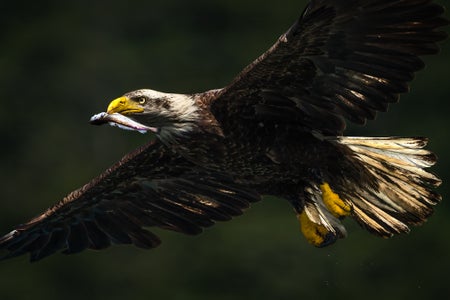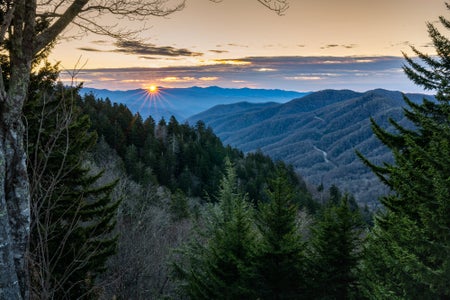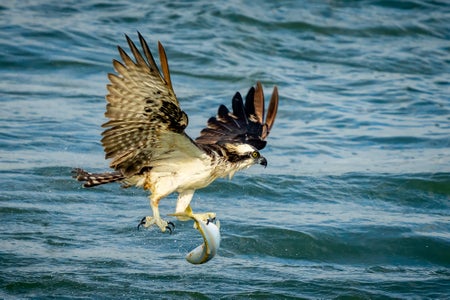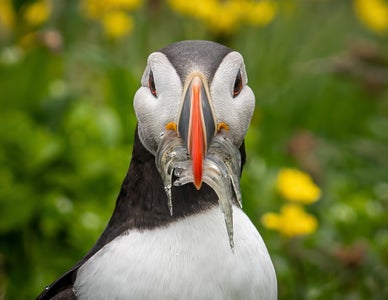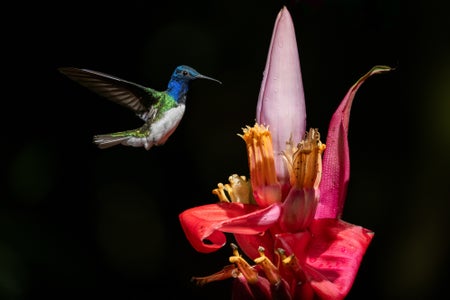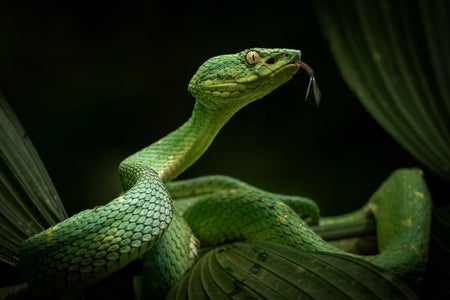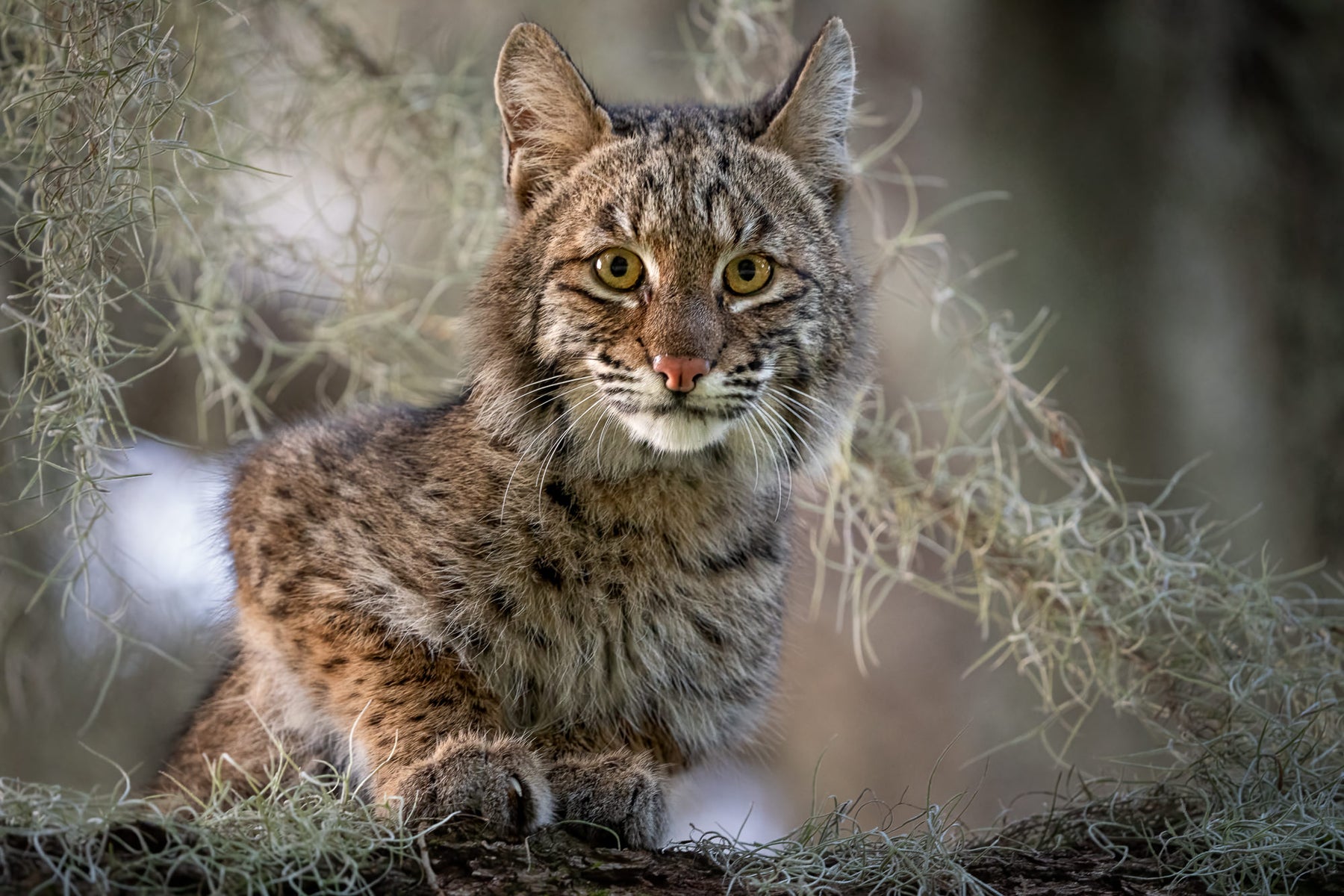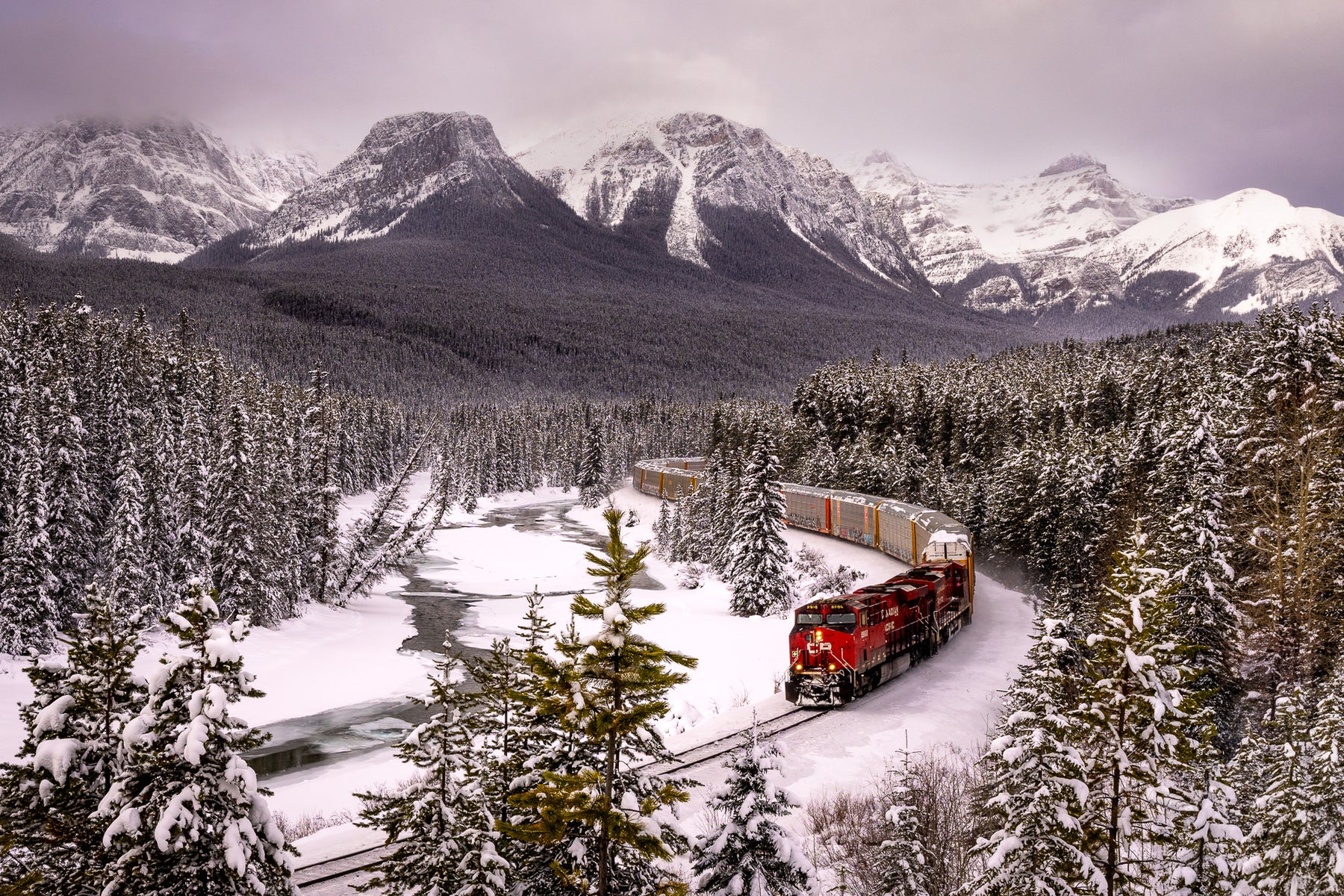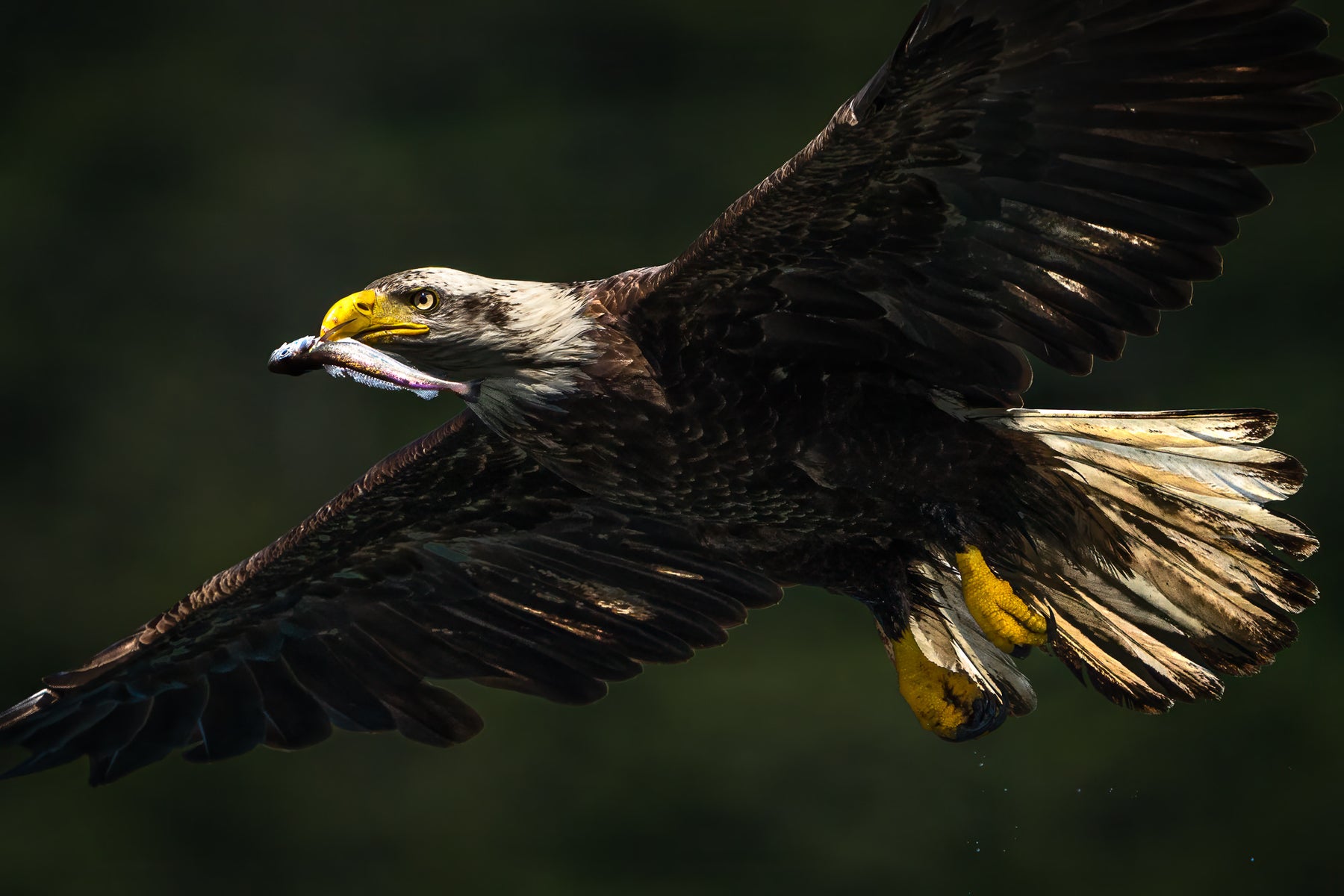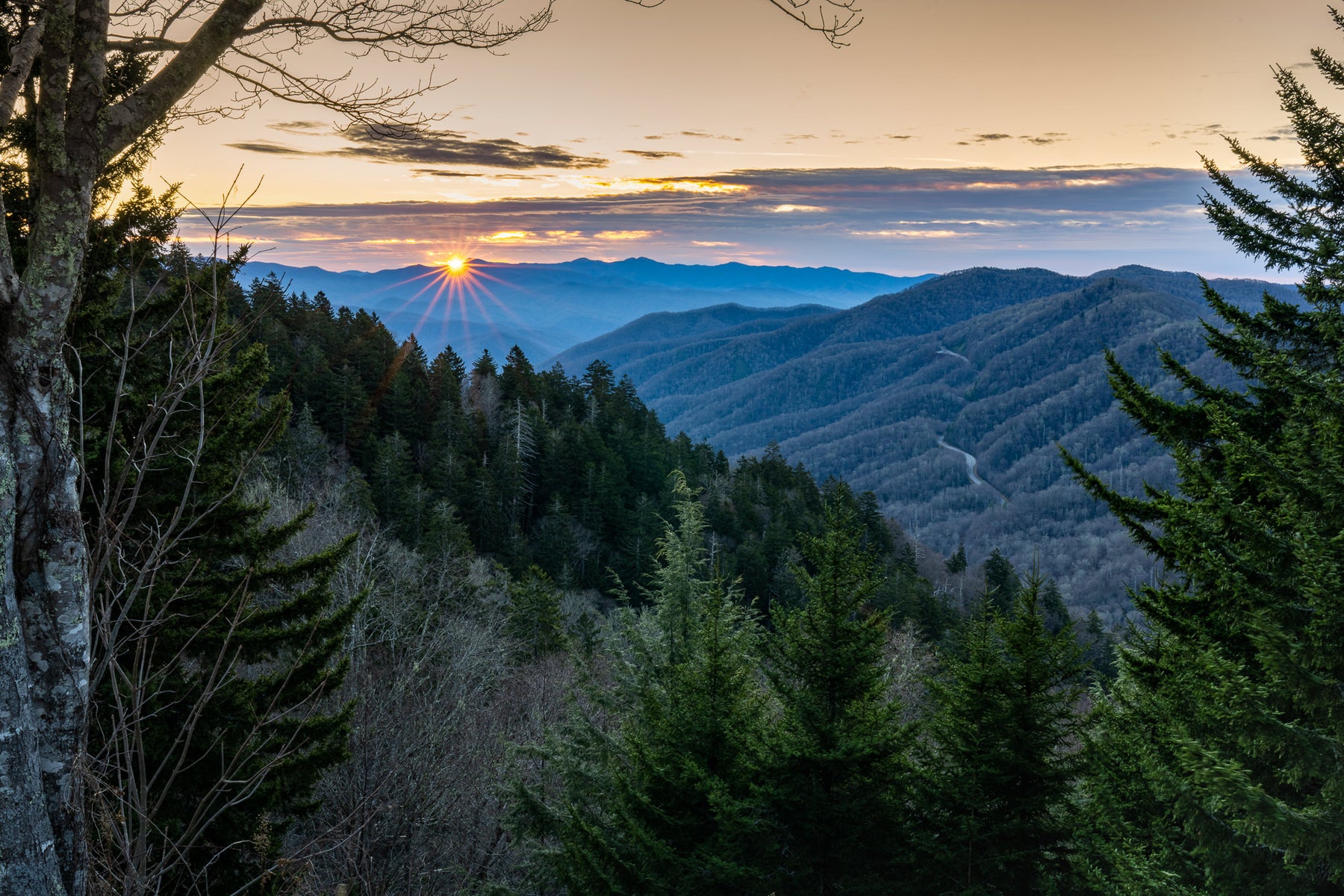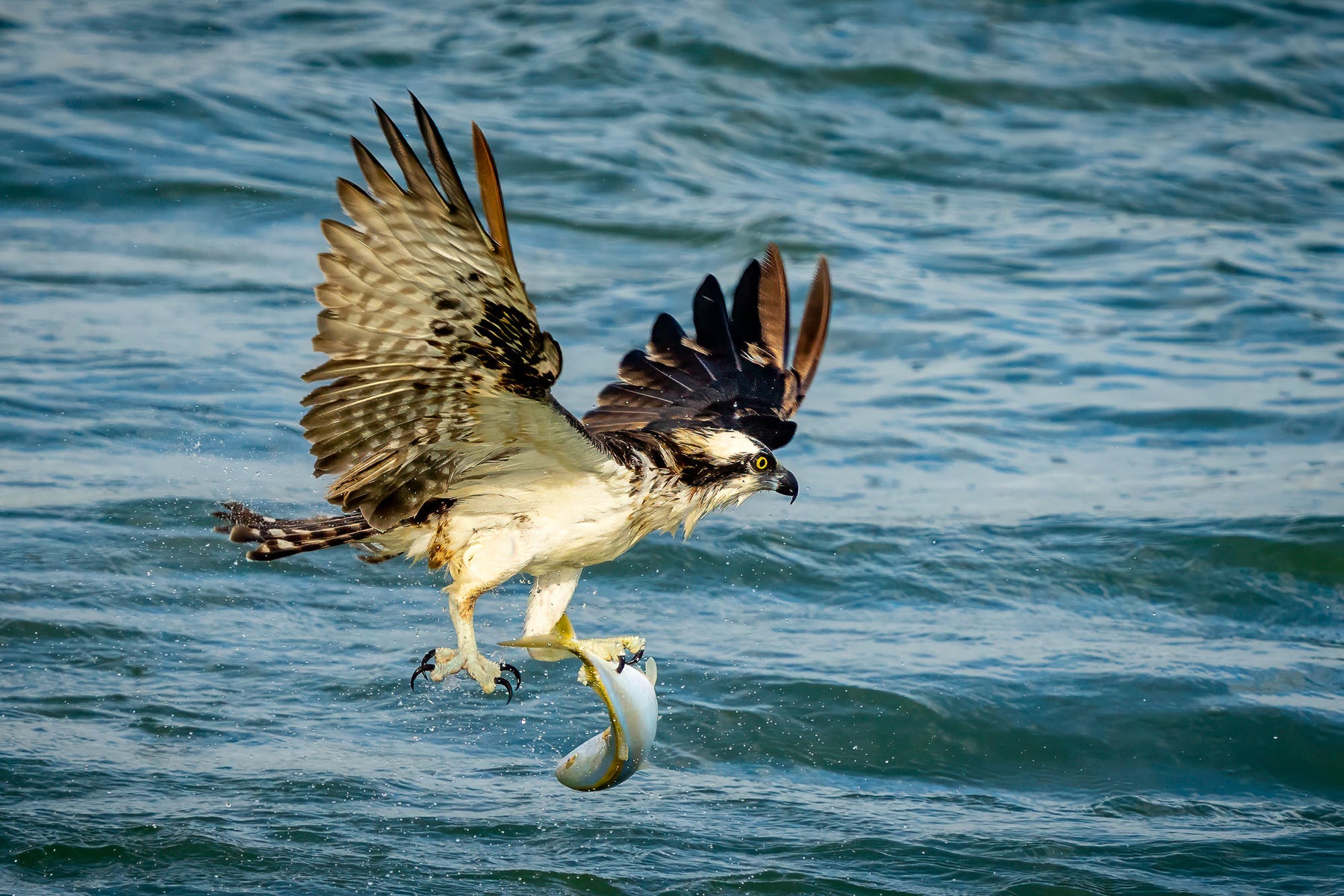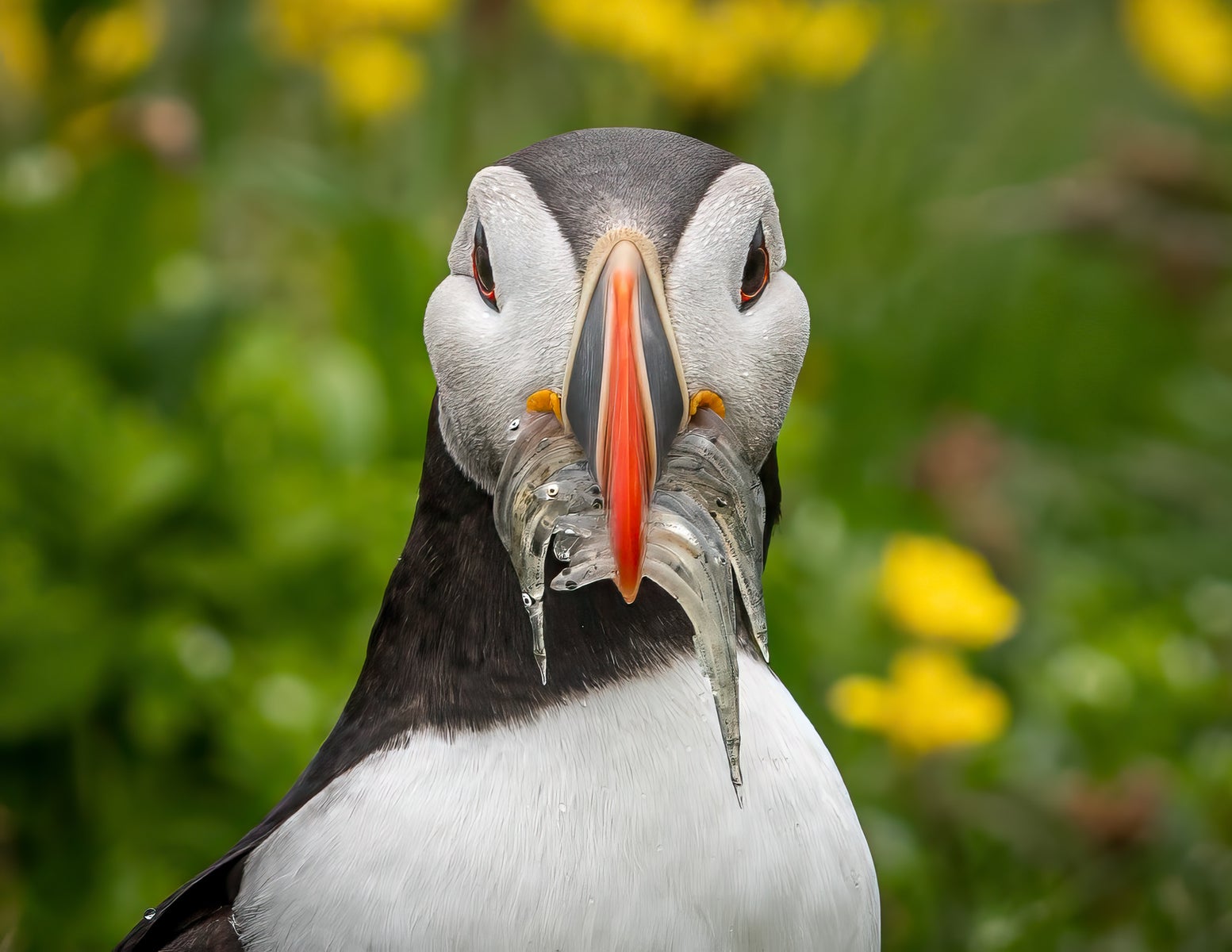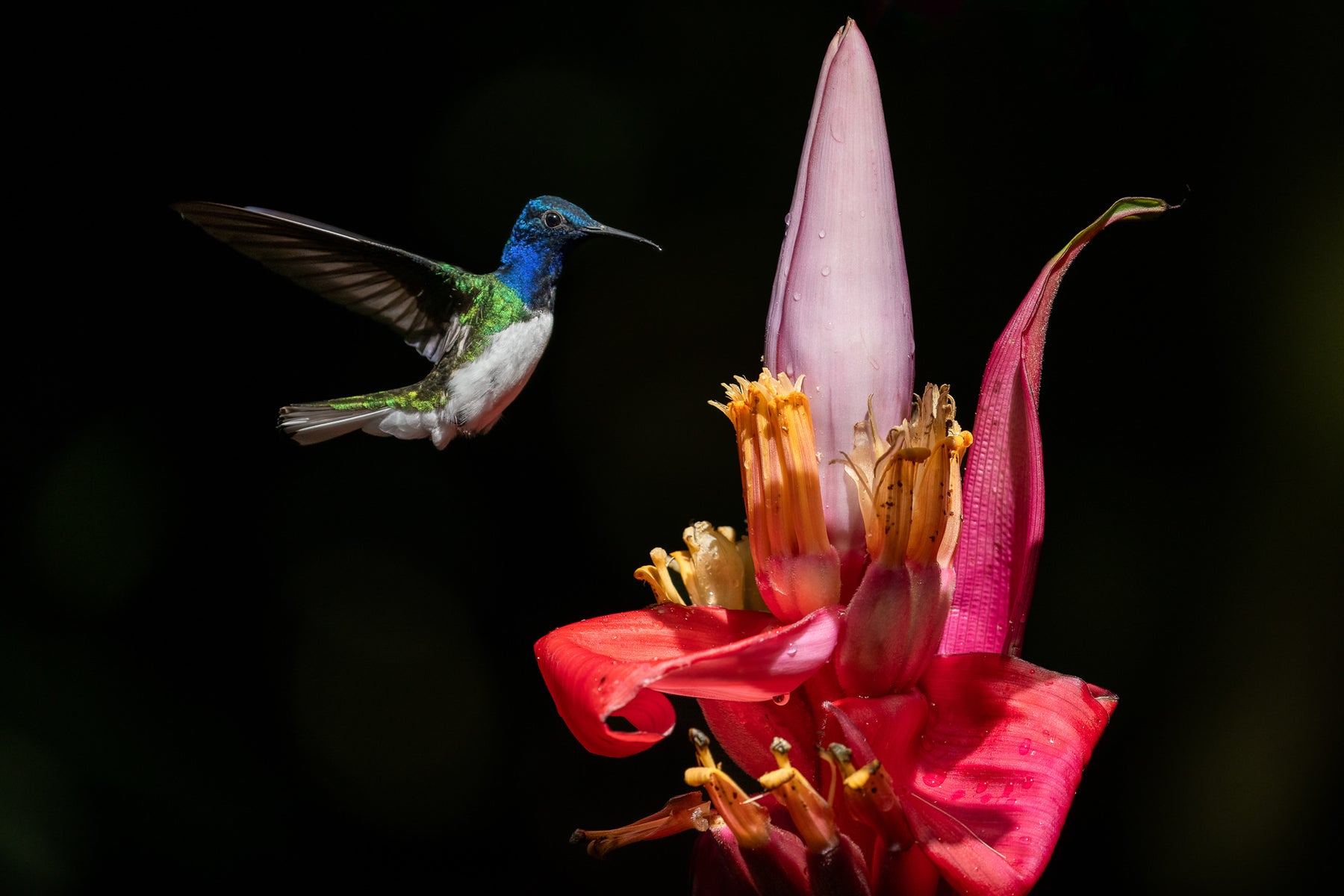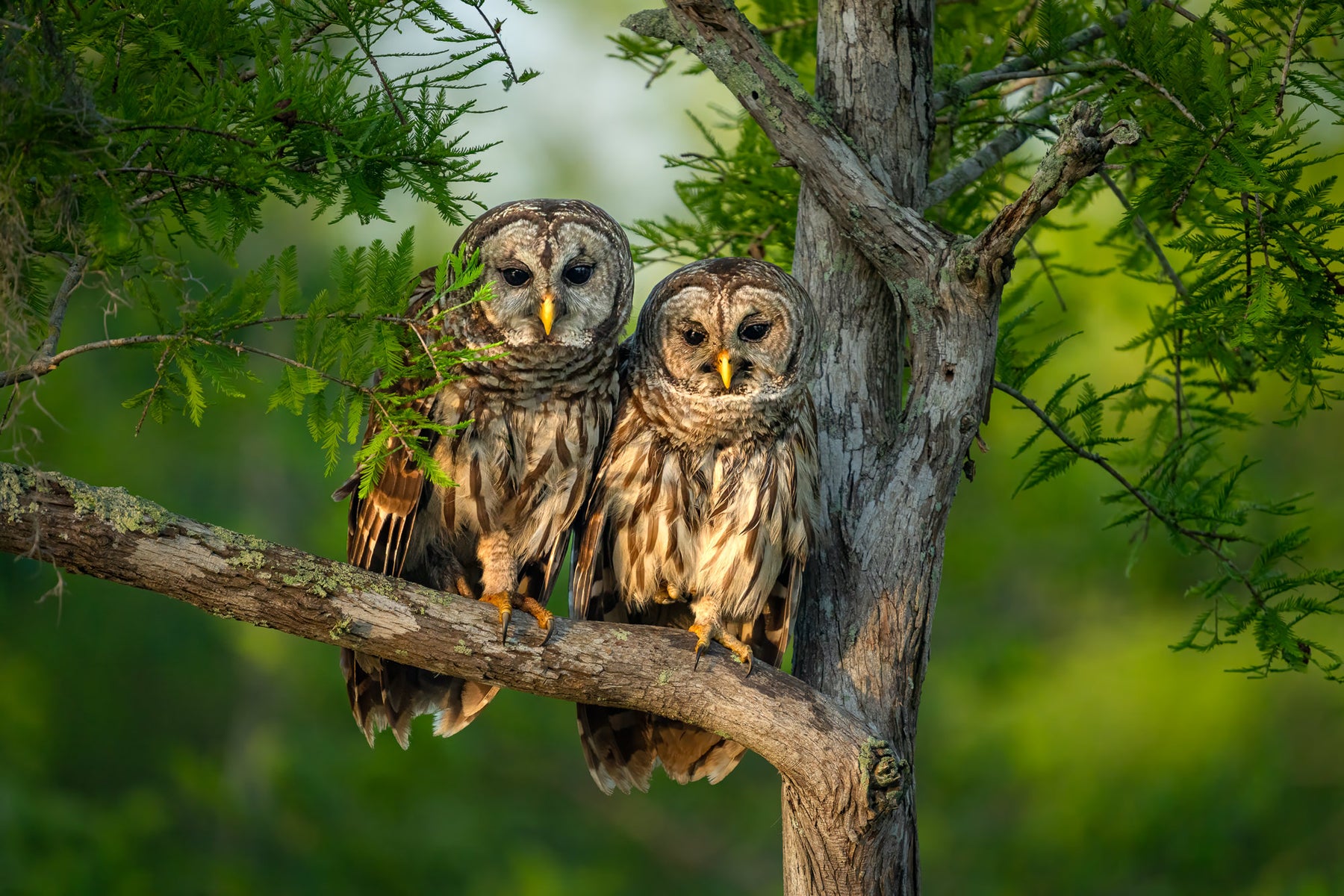Amber Favorite (@amber.favorite.photography) is a Florida-based photographer specializing in wildlife and landscapes. “My journey with photography started many years ago with point and shoot and cell phone cameras taking snapshots, but a few years back I got serious about it and made a leap to a professional camera,” she explains. “I chose Sony for their industry leading features and the way the camera fits so comfortably in my hands. I knew instantly that I wanted to jump into wildlife photography, but I also knew that I had to feed that travel bug of mine as well. Traveling, being outdoors, and seeing animals or birds in their element fuels my soul while motivating me to pick up my camera to capture and share the natural beauty that I witness with the world.” We caught up with Favorite to learn more about the gear she relies on for beautiful wildlife and landscape photography – keep reading as she shares what’s in her bag.
Product Preview – In This Article You'll Find:
–Sony Alpha 1
–Sony Alpha 7 III
–Sony 200-600mm f/5.6-6.3 G
–Sony 600mm f/4 G Master
–Sony 70-200mm f/2.8 G Master II
–Sony 24-105mm f/4 G
–Sony 16-35mm f/2.8 G Master
–Sony 1.4x Teleconverter
–Sony NP-FZ100 Batteries

Cameras
Sony Alpha 1 (2 bodies): In 2021, I made the jump to the Sony Alpha 1 after realizing I really wanted bird eye autofocus. I love my Sony Alpha 1 so much that I bought a second one last year just so I didn’t have to keep changing out lenses when on location.
I love that I can customize the Sony Alpha 1 to me which gives me freedom to instantly adapt to changing circumstances without ever pulling my eye away from the viewfinder which is so important when photographing birds in flight when you have to be quick. The versatility of having 50 megapixels combined with the ability to capture 30fps has allowed me to find that perfect pose out of many in-focus shots while still being able to crop if needed because you can’t always get close to wildlife. An added bonus is having a silent shutter so as to not spook wildlife when I’m trying to be super sneaky.
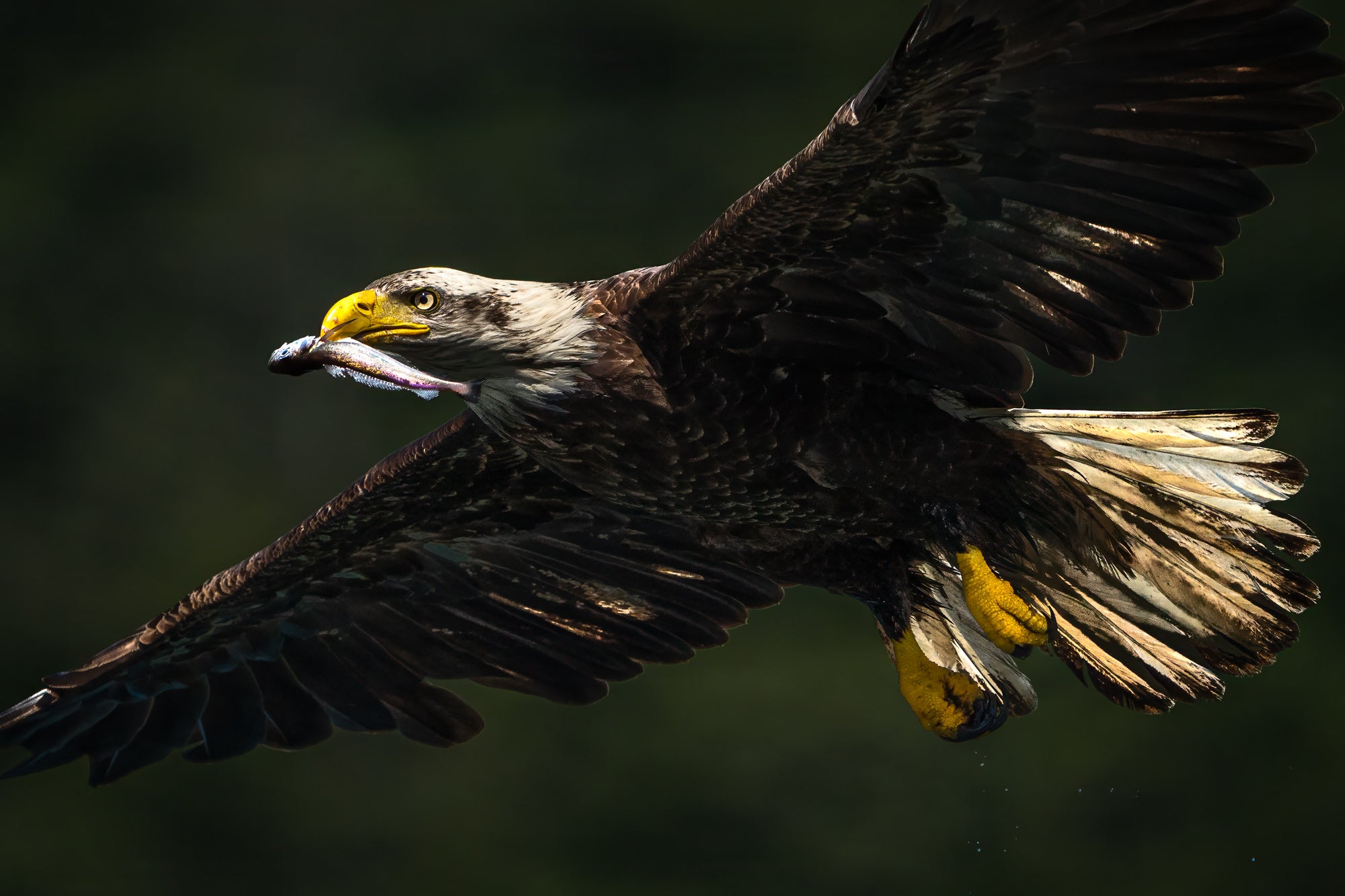
Taking pictures of raptors in flight is one of my favorite things. Photo by Amber Favorite. Sony Alpha 1. Sony 200-600mm f/5.6-6.3 G. 1/4000 sec, f/7.1, ISO 320
Being able to seamlessly switch between photos to video is super important as I do a lot of 8x slow motion in S&Q in camera. I like using zebras to my advantage so I don’t overexpose my shots on bright days when videoing and shooting stills.
Reliability is important as Mother Nature and I have put my two Sony Alpha 1s through the environmental wringer varying from hot and rainy Florida mornings, sandy beaches and salty wave splashes, dusty African environments, humid rainforests, and negative freezing temps in Canada.
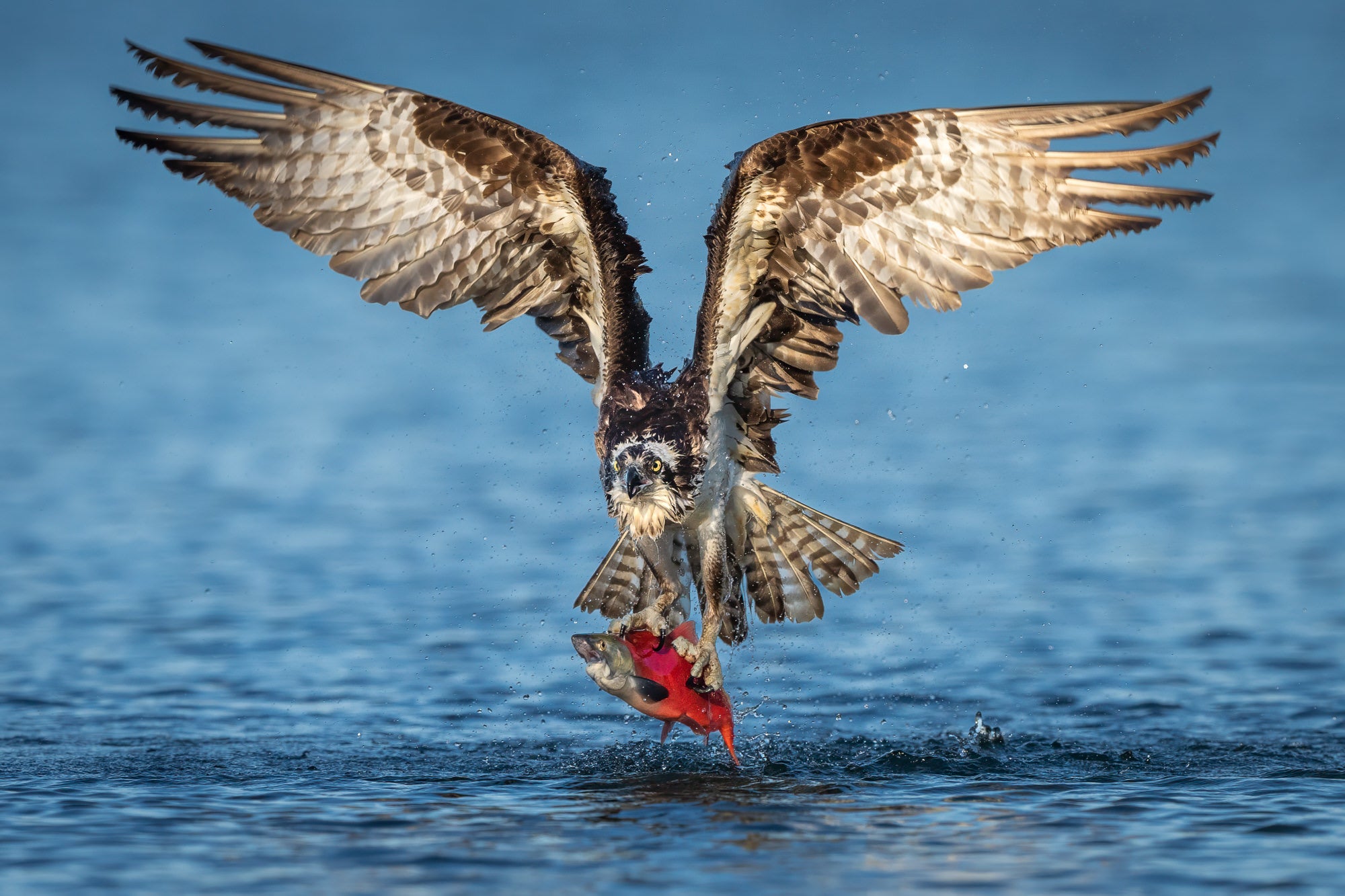
Ospreys are one of my favorite birds of prey to photograph. This one managed to catch a large kokanee and was doing its best to get airborne. Photo by Amber Favorite. Sony Alpha 1. Sony 600mm f/4 G Master. 1/3200-sec, f/5.6, ISO 800
Sony Alpha 7 III: I now own three Sony Alpha bodies but when I started in 2020 this is the camera I chose. The Sony Alpha 7 III is the one that got me hooked on landscapes and wildlife. I definitely have an emotional connection to it.

Taking a picture of a puffin was the thing I looked most forward to on my 1st trip to Iceland. Photo by Amber Favorite. Sony Alpha 7 III. Sony 200-600mm f/5.6-6.3 G. 1/640-sec, f/7.1, ISO 500
Lenses
Sony 200-600mm f/5.6-6.3 G: This is the first Sony lens I purchased. It is my most versatile, my favorite, and most used lens that I own for wildlife. It is balanced enough that I can handhold this lens all day long in some instances. The internal zoom mechanism and the short throw of the zoom ring make this perfect for my small hands. It’s light enough that I have used it handheld while standing in a boat through ocean tidal rapids while videoing and photographing bald eagles but heavy enough that it doesn’t blow all over the place with the wind. This is the lens that I use the most for video also. You have to be smooth when videoing and this one allows me to keep the bird in flight in the viewfinder better than a prime because of the zoom capability. If I could only take one lens with me on a wildlife trip, this one would be it based on size and focal length.
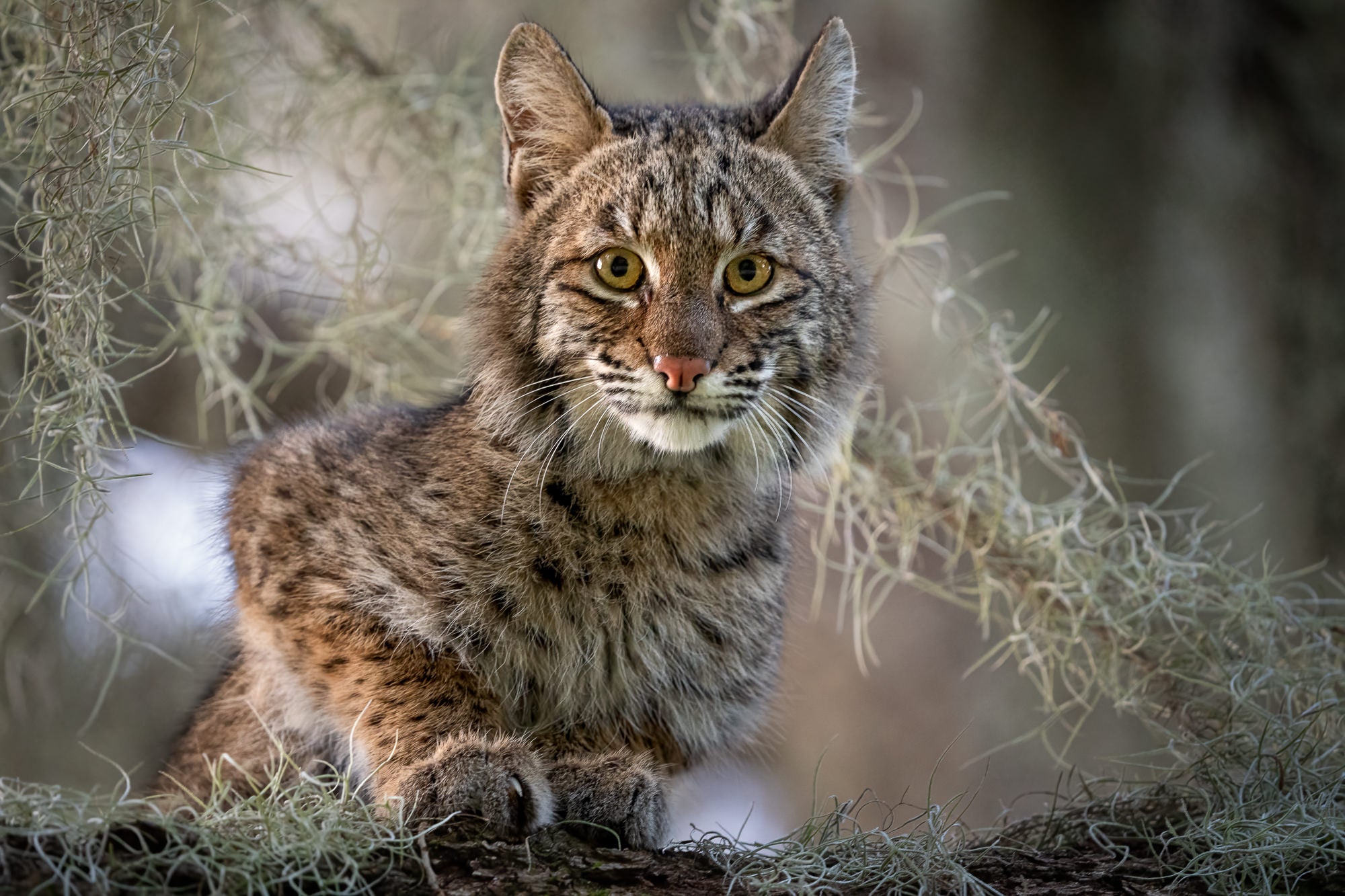
I waited what seemed like years to see a bobcat so you can imagine my excitement when I found this Bobcat kitten perched in a tree waiting for its mother to get back. Photo by Amber Favorite. Sony Alpha 1. Sony 200-600mm f/5.6-6.3 G. 1/125-sec., f/6.3, ISO 5000
Sony 600mm f/4 G Master: This fantastic prime is excellent when you know you want creamy bokeh or you’re going to be shooting in low light and need f/4. I love this lens for photographing slower moving larger birds, nesting owls or raptors, or animals in their habitat. I love the details this lens produces especially when paired with the 1.4x teleconverter which allows you to get 840mm focal length at f/5.6. This lens is built like a tank, but it’s also light enough to handhold for short periods of time for birds in flight.
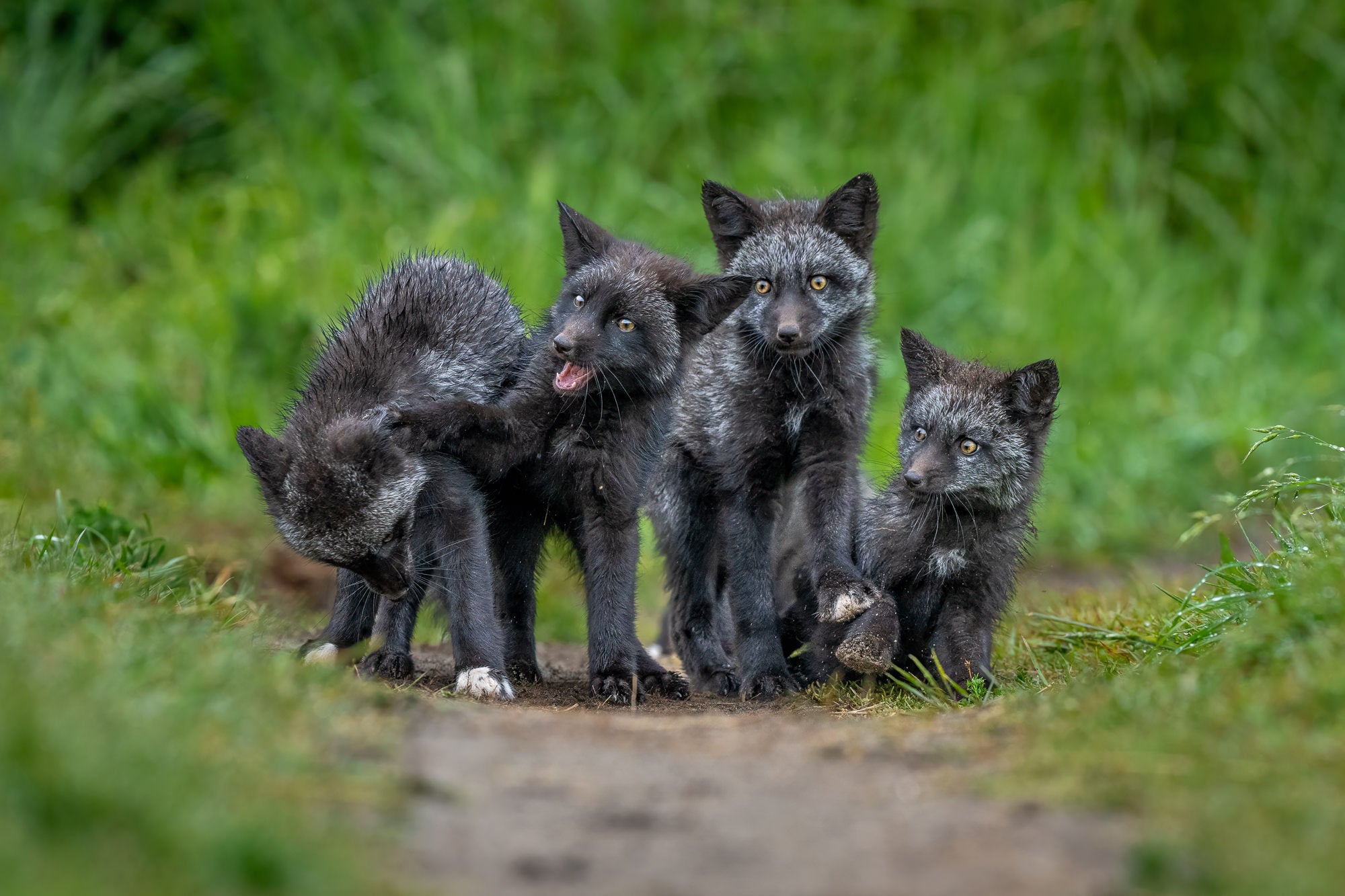
There is just too much cuteness and shenanigans going on with these fox kits. I can’t believe they lined up for me. Photo by Amber Favorite. Sony Alpha 1. Sony 600mm f/4 G Master. 1/1000-sec, f/7.1, ISO 3200
Sony 70-200mm f/2.8 G Master II: This lens is so versatile that I’ve used it for landscapes, portraits, and environmental wildlife shots. The autofocus is quick, has an internal zoom, and it’s lightweight. Some of my favorite shots with this have been portraits with the creamy bokeh you can get at f/2.8. I even used it for photographing Grizzly Bears in Alaska. If you pair this with a 1.4x teleconverter you can get macro like photos on frogs, snakes or small bugs.
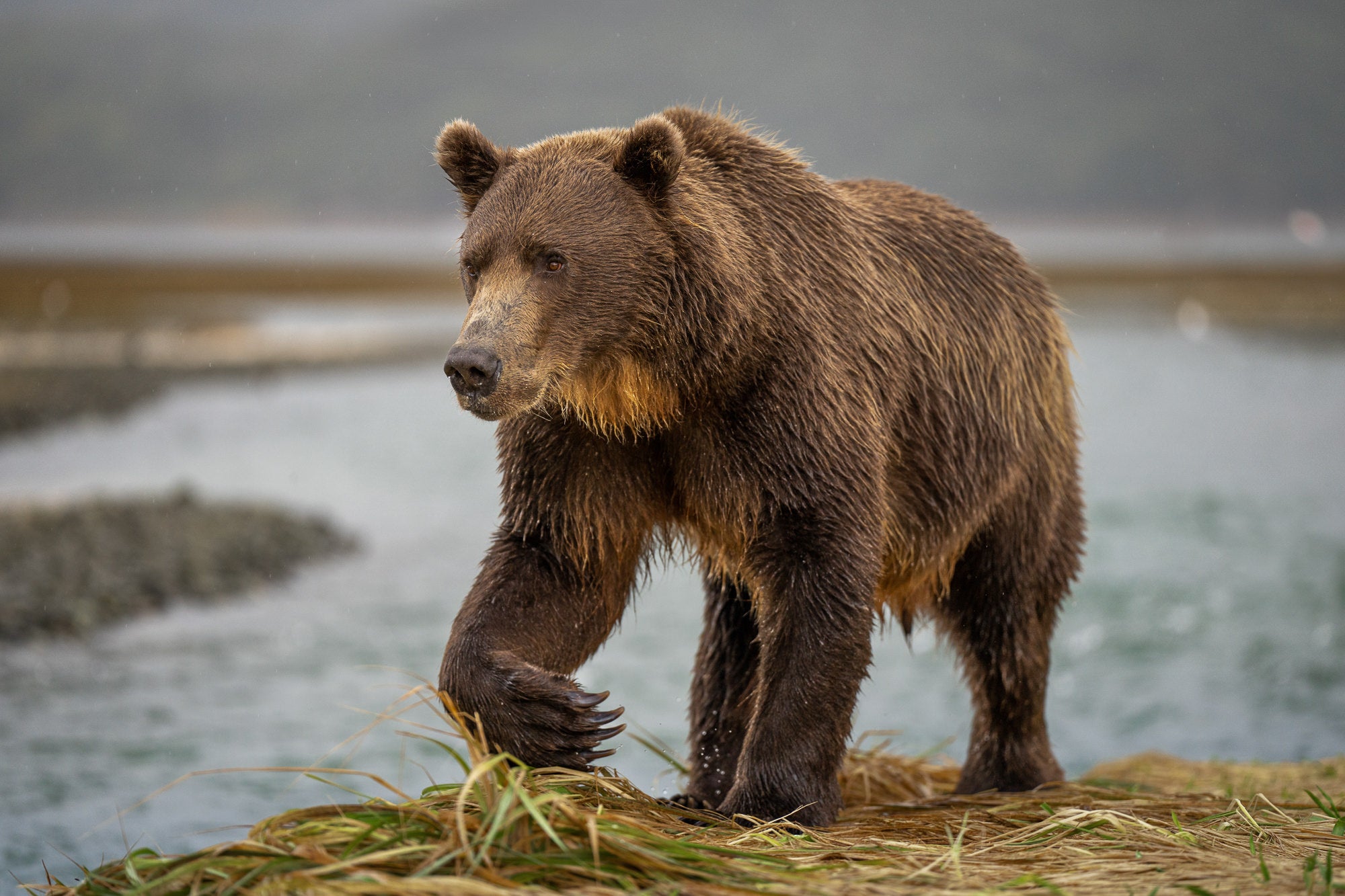
I love that when grizzlies are fishing that they don’t care anything about you. The Sony 70-200mm f/2.8 G Master II was the perfect lens on this dreary day. Photo by Amber Favorite. Sony Alpha 1. Sony 70-200mm f/2.8 G Master II. 1/800-sec, f/2.8, ISO 400
Sony 24-105mm f/4 G: This is a fantastic all purpose “walk around” travel lens. It’s my second favorite lens I own. I use it for landscape or street photography. It’s always in my bag even if I think I’m not going to be photographing any landscapes. Being able to shoot wide then zooming in for a tighter shot makes this one of the most powerful lenses I own. I mostly use this lens for landscape scenes from f/8-f/16 so not having f/2.8 isn’t an issue for me.

The Smoky Mountains are one of my favorite places to capture rolling scenery. Photo by Amber Favorite. Sony Alpha 1. Sony 24-105mm f/4 G. .4 sec, f/22, ISO 100
Sony 16-35mm f/2.8 G Master: I use this lens mostly for capturing vast landscapes when I want a wide scene. It’s a very quick and sharp lens and creates beautiful sunbursts. Having f/2.8 means it’s also my go to for astro as it captures the nighttime scene perfectly with long exposures.

I got lucky here and only had to wait about 20 minutes for the train to come into the scene. Photo by Amber Favorite. Sony Alpha 1. Sony 16-35mm f/2.8 G Master. 1/125-sec, f/10, ISO 100
Sony 1.4x Teleconverter: When you have enough light, this TC provides the extra reach when needed photographing wildlife. I have not noticed a reduction in image quality. I’ve used it with my Sony 200-600mm f/5.6-6.3 G, Sony 600mm f/4 G Master and Sony 70-200mm f/2.8 G Master II lenses.
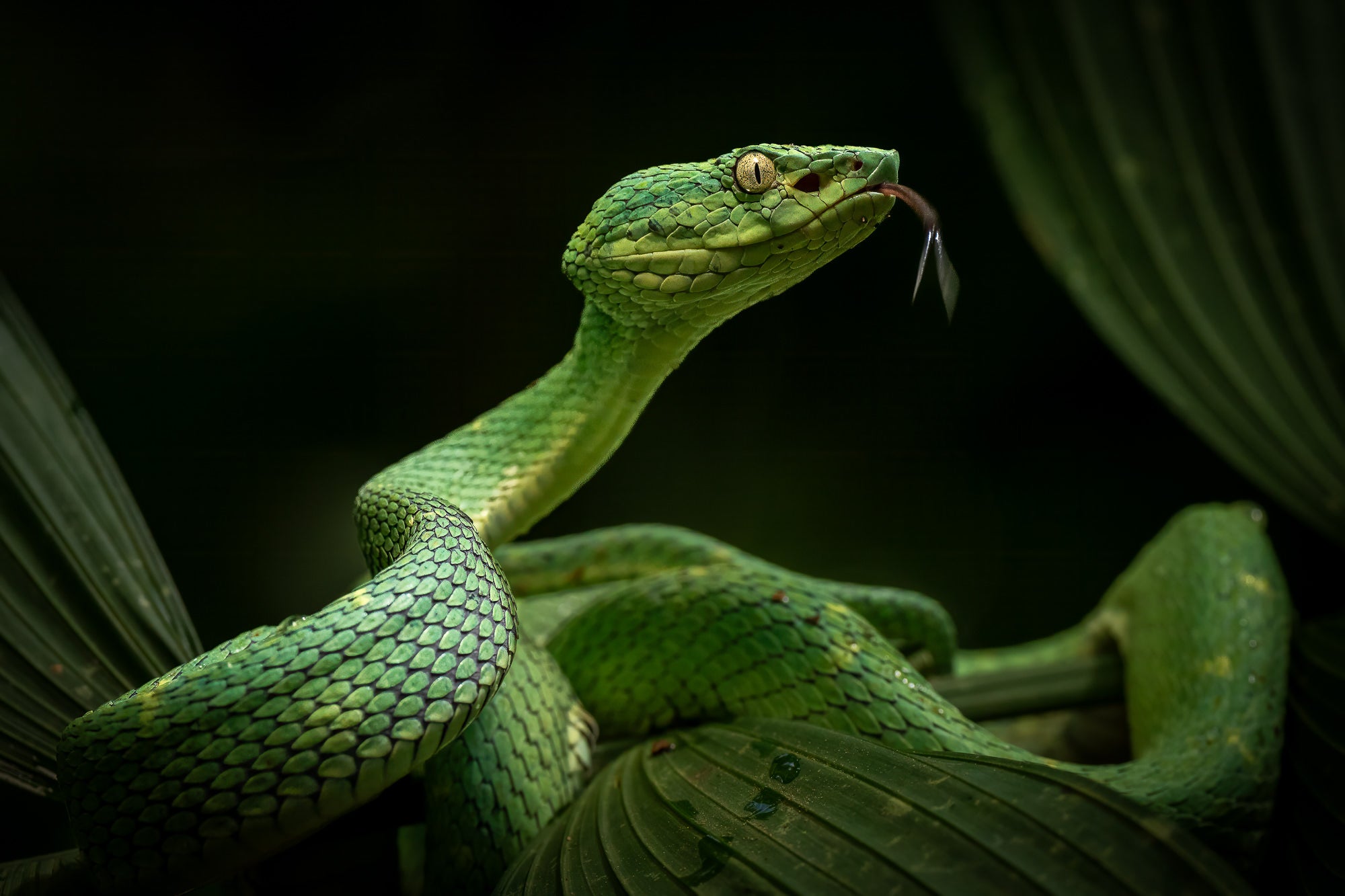
Being able to pair a Sony 1.4x teleconverter with the Sony 70-200mm f/2.8 G Master II allowed me to appear really close without actually being in danger from the venomous pit viper. Photo by Amber Favorite. Sony Alpha 1. Sony 70-200mm f/2.8 G Master II + 1.4x TC. 1/250-sec, f/10, ISO 1250
Accessories
Think Tank Airport Security V3.0: I like this bag because it rolls (wish it had four wheels) and I can fit my Sony 600mm f/4 G Master, Sony 200-600mm f/5.6-6.3 G, Sony 24-105mm f/4 G or Sony 16-35mm f/2.8 G Master, two camera bodies, a laptop, teleconverter, memory cards, remote shutter release, cleaning cloths, rocket blower, ND filters/CPLs, several Sony batteries, and camera straps. It does make it heavy to lift into an overhead airplane compartment though, but I can still lift it. It essentially will hold everything I need.You can put a tripod on the side of the bag but I usually check that in my suitcase. I also have a Think Tank Mindshift 35L backpack (not pictured) that I use if I need to hike with my gear.
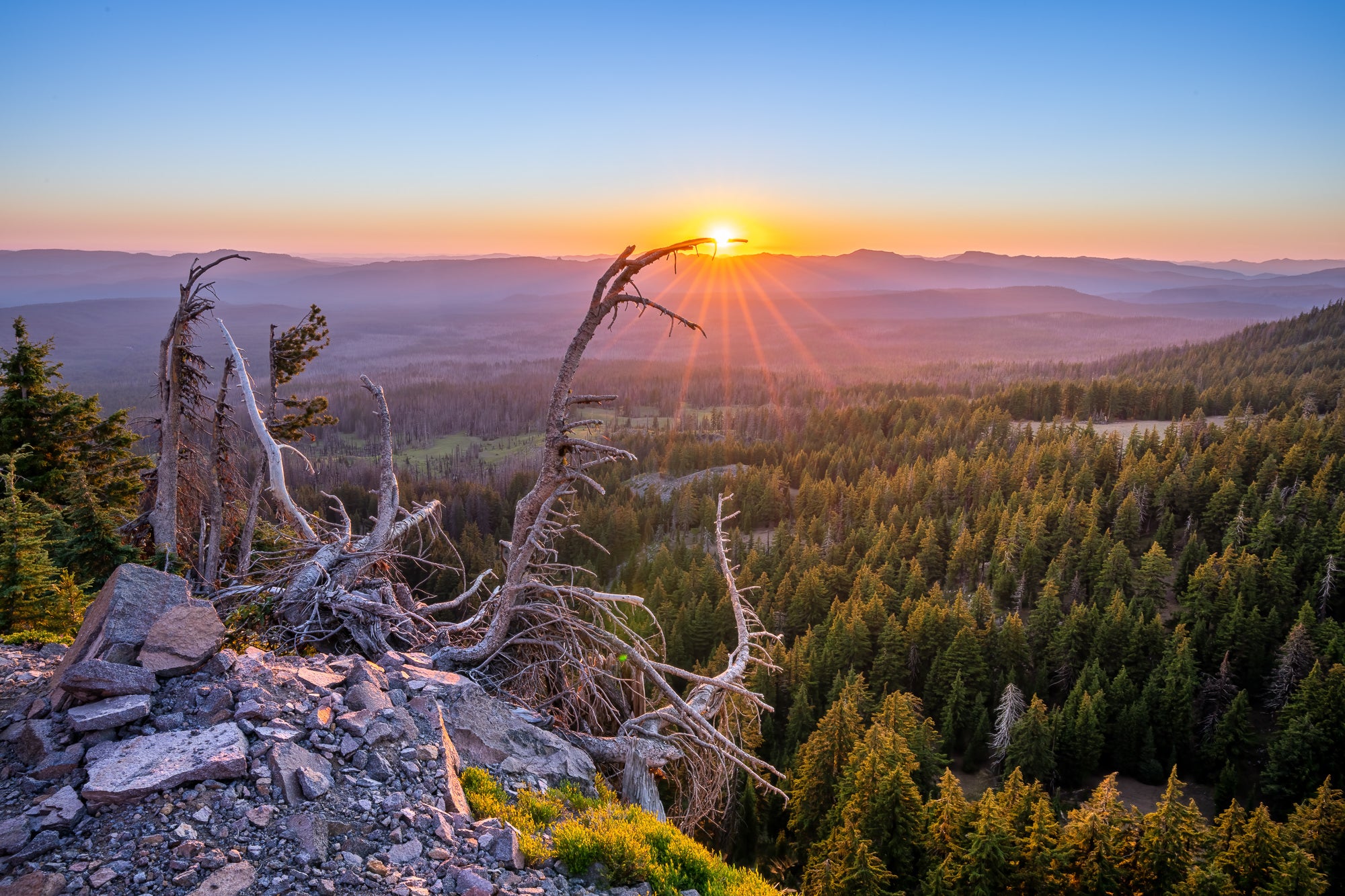
I love the PNW and watching the sunset near Crater Lake was magical. Photo by Amber Favorite. Sony Alpha 1. Sony 16-35mm f/2.8 G Master. 1/125-sec, f/10, ISO 100
Leophoto Summit LM-365C: On the rare occasion when I’m not handholding my long lenses, this is the tripod I use. Mainly used for nesting owls, raptors, or larger birds with slower movement. The twist leg system allows for a quick turn to extend and collapse the tripod rapidly so you don’t miss that shot.
FlexShooter Pro Ballhead: Works perfectly with my longer telephoto lenses allowing me to pan or tilt with the perfect amount of tension. It acts like a gimbal without being the size of a gimbal.
Eckla-CamDisk Ground Pod: When you need to get that ultra low shot when in sand or mud, this saucer looking device sits directly on the ground. I pair this with the FlexShooter Pro ballhead. I like it because it keeps the sand from getting all over my hands when photographing birds on the beach and lets me get eye level with them for a more pleasing photo.
Peak Design Travel Tripod: Lightweight and compact, this carbon fiber tripod is used for all my landscape photos. It’s easy to carry when hiking long distances.
Breakthrough ND/CPL Filters: NDs come in handy when doing long exposures with waterfalls (oh how I love waterfalls). I also sometimes use a CPL on my Sony 200-600mm f/5.6-6.3 G when doing video if it’s really bright out and I’m photographing birds in flight diving into a water type scene. I find Breakthrough filters are the most natural filters I’ve found without leaving a color cast like some of the others.
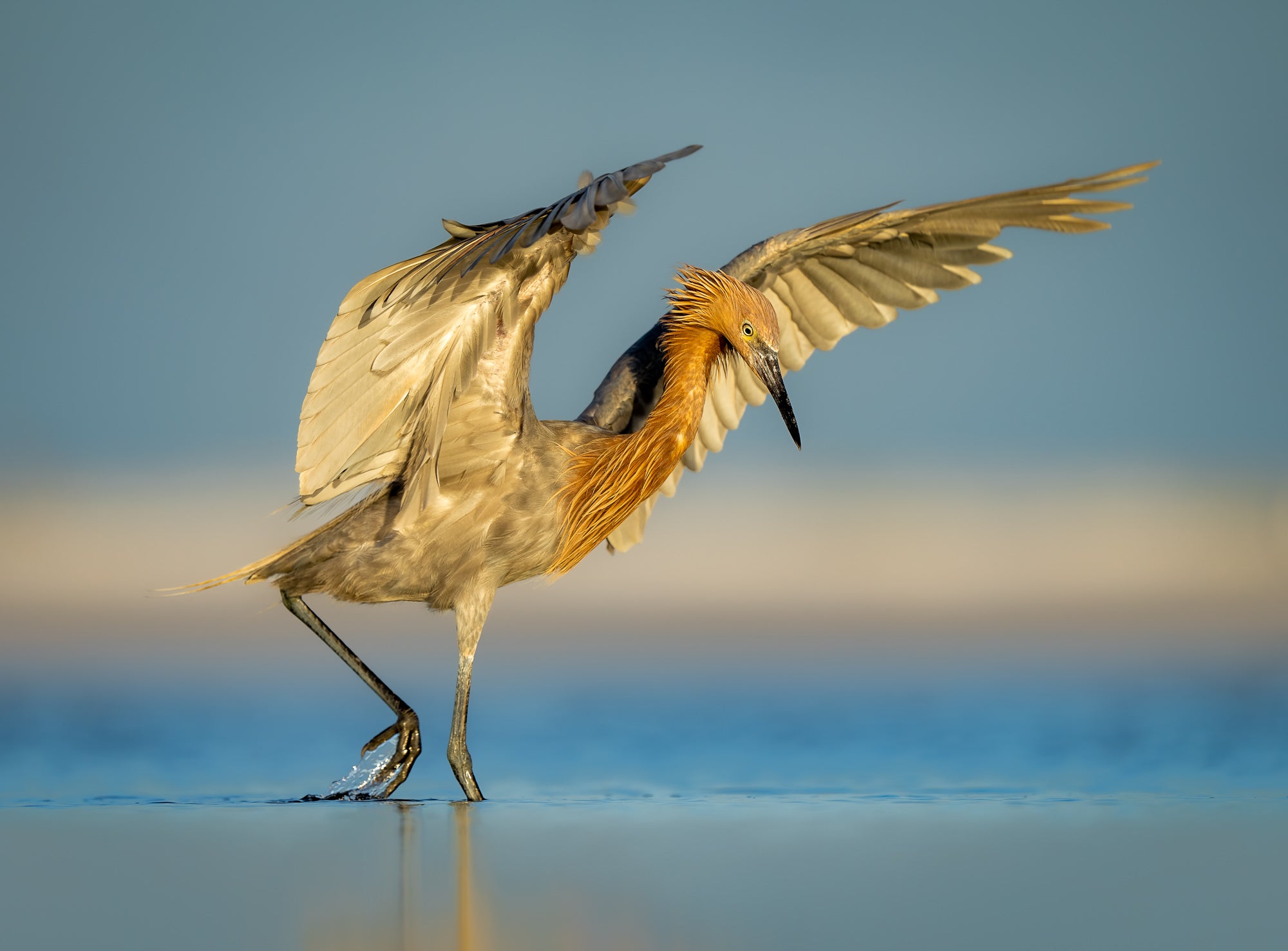
This was the very first picture of a bird that I took with my prime lens. I love Reddish Egrets and this one put on a show at sunrise. Photo by Amber Favorite. Sony Alpha 1. Sony 600mm f/4 G Master. 1/1000-sec, f/4, ISO 320
L-Bracket: This lives on one of my Sony Alpha 1 bodies so I can easily drop it onto a tripod and go from landscape to a vertical mode.
Remote Shutter Release: I use this when doing any type of long exposure or astrophotography.
Rolanpro Lens Cover: Being out in the elements so much, these lens covers help protect my longer lenses from general wear/tear and scratches.
Black Rapid Sport Strap: I use this mostly when walking trails or hiking while looking for wildlife or birds. It comfortably holds my Sony 600mm f/4 G Master by my side and doesn’t interfere when photographing birds in flight.
Additional Sony NP-FZ100 Batteries: No way am I going to let myself run out of battery life. The battery life in my two Sony Alpha 1 bodies has been exceptional. I don’t like using an extra battery grip on my camera bodies so I just have some extra batteries stuffed away in my jacket pocket ready to go when needed.
Dust Blower/Cleaning Cloths: I’d rather avoid cleaning up dust spots in post by using a blower. The cleaning cloths help me clean any dust and dirt on the camera and lenses.

Intentional Camera Movement is something I like to play around with. This is an ocean beach scene during sunset. Photo by Amber Favorite. Sony Alpha 1. Sony 24-105mm f/4 G. .4 sec, f/22, ISO 100
Portable SSD Hard Drive and Card Reader: I like transferring photos from my card reader to my small SSD portable hard drive after every day of shooting. Memory cards are easy to lose or drop so I like offloading right away as a safeguard.
CF Express A Memory Cards (not pictured): I use a 1TB memory card in each Sony Alpha 1 body along with a second memory card that’s 560 GB. I don’t think you can ever have too many. These are important to take advantage of the 30 fps the Sony Alpha 1 provides.
See more of Amber Favorite's work on Instagram @amber.favorite.photography.


